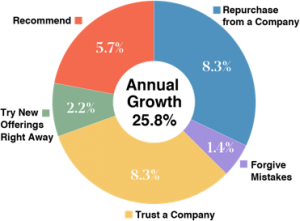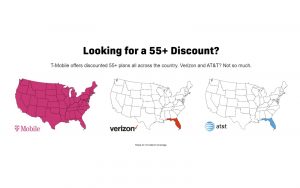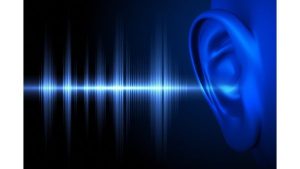
If you work for an eCommerce company, your website is hands down your most important digital property. Not only does it serve as the key hub for consumer engagement and education, but it’s also the conversion engine that keeps your sales machine chugging along.
Website design is always important, but in the case of eCommerce websites, it can have a tangible impact on revenue generation and sales. Optimizing your site architecture, imagery, and styling can help you hone in on a conversion sweet spot over time, driving increased results for your business (and major kudos from your marketing and sales teams).
If you’re like most eCommerce designers, you probably make adjustments to your site pretty regularly. Here are 5 ways you can refine your eCommerce website design to help your buyers through their journey from inspiration to education to purchase.
1. Simplify Your Navigation
Your site navigation should help people get where they want to go faster using filters, menus, and search.
In other words, your navigation should be like this:

Source: Imgur
Not like this:

Source: iagiftshop.com
If you’re not sure what the most popular destinations are for visitors who hit your site, take a look at your website’s page path history to see how people are clicking around from your homepage. In Google Analytics, here’s how this looks:
You can also look at the month-over-month traffic to specific site pages to identify categories, lookbooks, and product pages that are gaining traction with your audience. Adding nav links, submenus, or linked design elements on the homepage to take visitors through to these destinations can help you reduce friction and increase conversions.
2. Highlight Best-Sellers on Your Homepage
Sometimes, playing favorites is a good thing. Items that have sold well in the past are likely to continue selling well, and it makes sense to highlight these best-sellers on your homepage to help viewers get to these items more quickly.
You want the showcase the products that are like:

Source: tdnforums.com
As an example, ShopBazaar does a great job of highlighting popular items with their “best of what’s new” tile that’s featured in the hero section of their homepage:

3. Create Unique, Timely Content
When it comes to design, content that’s beautiful, unique, and timely is the stuff shoppers drool over. You know the kind of content I’m talking about—it’s the stuff that makes your viewers go:

Source: Giphy
Retailer Uniqlo users shoppable banners to showcase seasonal trends and new items in a pretty, interactive way that tells a compelling story about their brand and makes it easy for people to shop as they engage with the story:

4. Develop Large-Width Responsive Layouts
Yes, we all know that mobile shopping is on the rise and your site absolutely must play nicely with smartphones and tablets. But don’t forget about viewers with large monitors as well, especially if you cater to an upscale or artsy crowd. Depending on your customer demographic, it may be worth investing in a large-width responsive layout that makes use of all that extra horizontal space—something that will make your viewers go:

Source: Aikobot
Retailer Firebox’s website has a super pretty tiled design that works for mobile, tablet, laptop, and fancy big retina screens:

5. Provide Detailed Product Views
Bad product pages can have high bounce rates, causing you to lose site traffic and business. It’s important to design your product views to be beautiful, informative, and lust-worthy. The point is to make shoppers go:

Source: Giphy
Including images of your items being showcased by real people is a great way to connect with your audience. It also helps to show your products from multiple angles and in all available colors or patterns so consumers feel comfortable with making an online purchase.
Anthropologie does an especially nice job of tapping into all of these trends on their product pages:

The Bottom Line
The days of static web design are long gone. Today, eCommerce website designs are always evolving based on testing, inventory, trends, and business needs. While you’re making updates to your site, it’s worth incorporating some or all of these optimizations into your plan—they could have a significant impact on your marketing and sales results.
Read the original post on the Ceros Blog.
(222)








